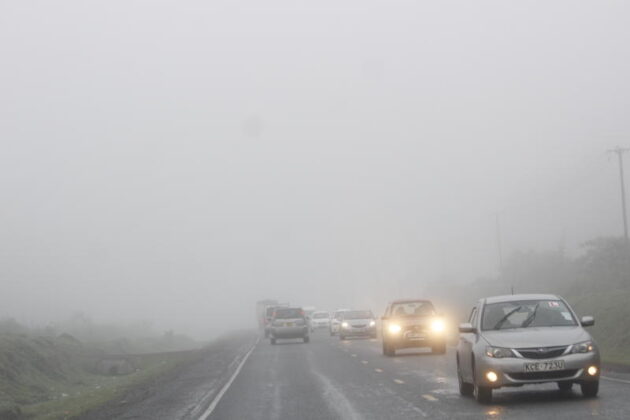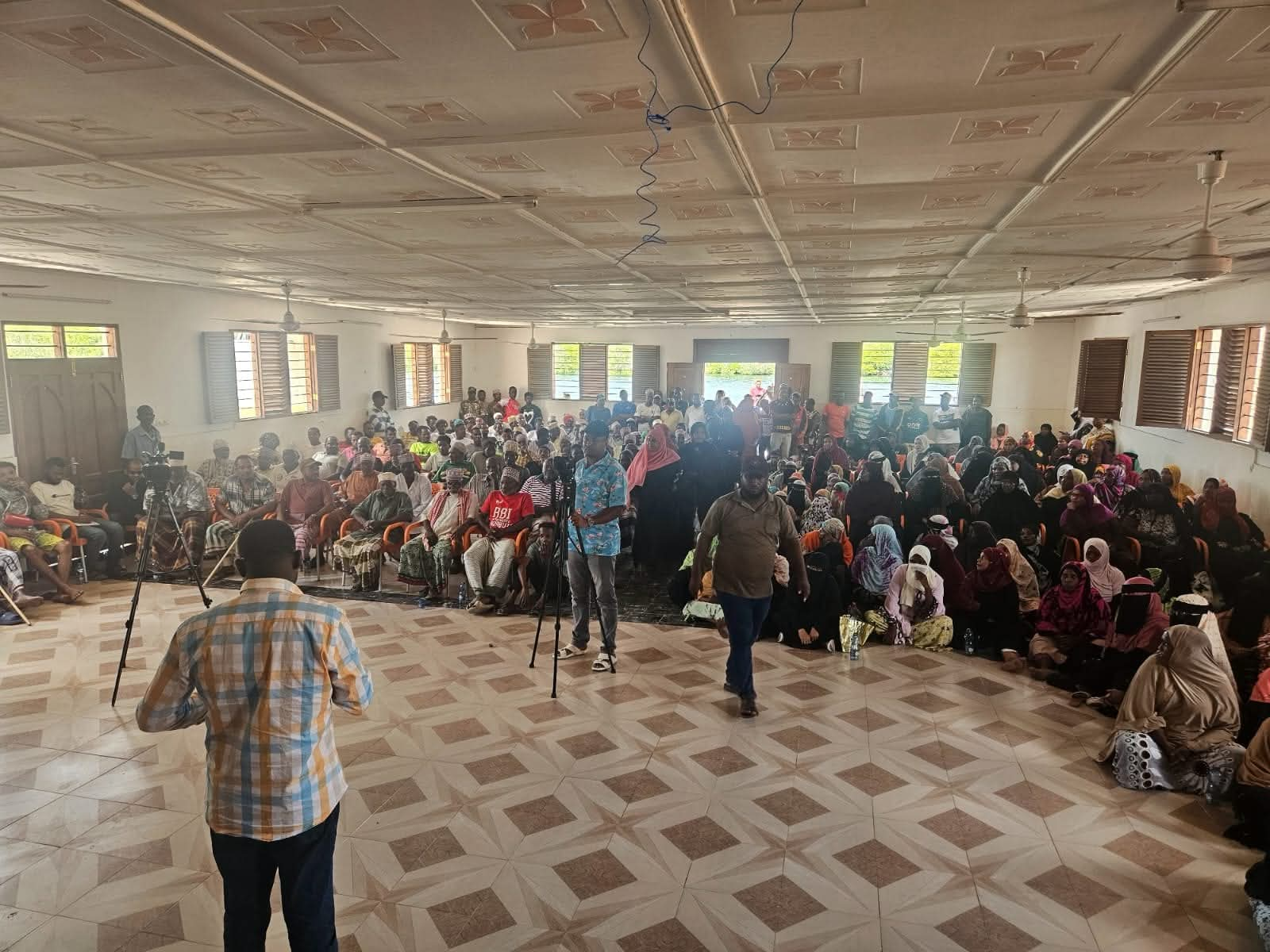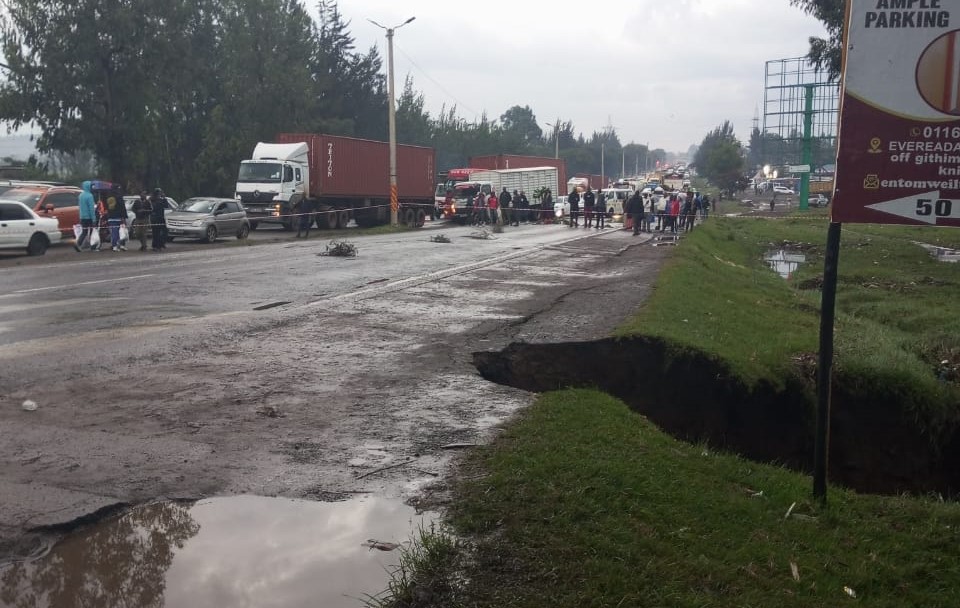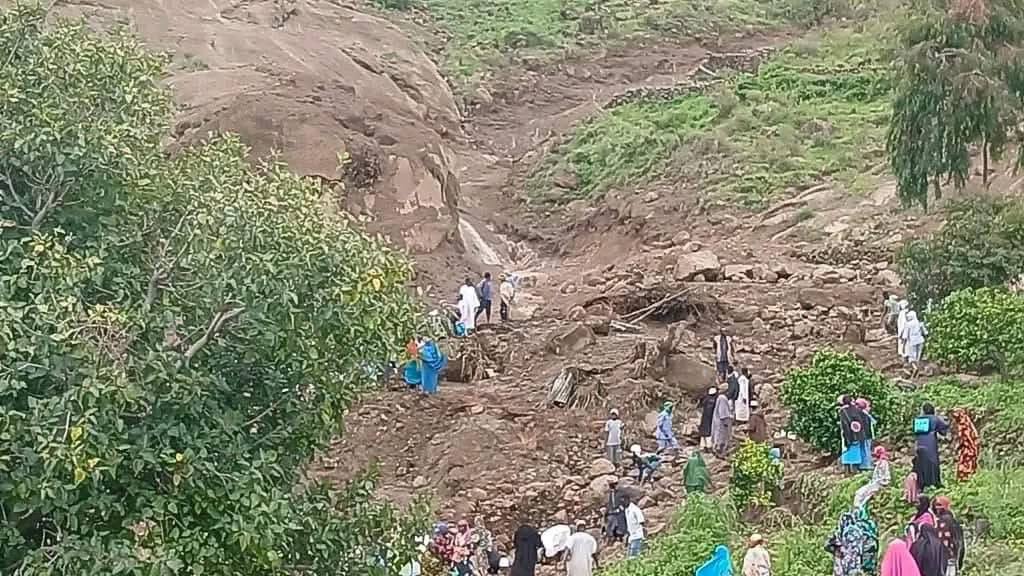Kenyans told to brace for five days of rainfall and cold nights

For the first two days of the forecast, night temperatures in these regions will hover around 7°C before dropping further.
Kenyans have been advised to brace for occasional rainfall over the next five days, from September 21 to 25, according to a weather update released by the Kenya Meteorological Department on Saturday.
In its five-day forecast, the department indicated that moderate to heavy rains are expected in various regions including the highlands east and west of the Rift Valley.
More To Read
- Showers, strong winds and extreme temperatures expected this week- Met department
- Kenya Met issues chilly weather, rainfall alert for multiple counties
- Chilly nights, hot afternoons and strong winds forecast over coming week
- Cold, rain set to persist across Kenya for next five days - Kenya Met
- Brace for heavy rains, strong winds in coming days - Kenya Met
- Proposed Bill could unlock new funds for Kenya Meteorological Department
Areas around Lake Victoria, the Rift Valley, and the Coast are also projected to experience significant rainfall.
Counties such as Nyandarua, Laikipia, Nyeri, Kirinyaga, Murang'a, Kiambu, Meru, Embu, Tharaka-Nithi, and Nairobi are forecast to receive moderate rainfall.
The department noted that these regions would experience light showers on Saturday and Sunday, followed by cloudy conditions for the remainder of the forecast period.
Western Kenya counties, including Siaya, Kisumu, Homa Bay, Migori, Kisii, Nyamira, Trans Nzoia, Baringo, Uasin Gishu, and Elgeyo-Marakwet, are expected to receive heavy rainfall during the five days.
Similar weather patterns are anticipated in Nandi, Nakuru, Narok, Kericho, Bomet, Kakamega, Vihiga, Bungoma, Busia, and West Pokot counties.
The coastal counties of Mombasa, Tana River, Kilifi, Lamu, and Kwale will experience moderate rainfall during this time.
The rest of the country is expected to remain dry with occasional sunny conditions.
The Meteorological Department also issued a warning to residents in Laikipia, Nyeri, Kirinyaga, Murang'a, Kiambu, Meru, Embu, Tharaka-Nithi, and Nairobi to brace for very cold nights, with temperatures expected to drop to 5°C.
For the first two days of the forecast, night temperatures in these regions will hover around 7°C before dropping further.
Meanwhile, daytime temperatures in the north eastern and north western counties of Turkana, Samburu, Marsabit, Mandera, Wajir, Garissa, and Isiolo are expected to reach highs of 37°C.
The latest forecast comes as the United Nations revealed that over 14.3 million Kenyans have endured at least 60 days of high temperatures, primarily driven by climate change.
A report by Climate Central attributes this to the burning of fossil fuels like oil, gas, and coal, as well as human activities, which have caused temperature increases every day throughout June, July, and August.
Climate Central, a non-advocacy, non-profit science and news organisation, offers data on climate and energy trends. Its recent analysis used the Climate Shift Index, a tool that measures the influence of climate change on global temperatures.
The report highlighted Nairobi and Mombasa as areas significantly affected by climate change-induced temperature spikes.
Nairobi experienced 83 days and Mombasa 59 days at Climate Shift Index 5 or higher, meaning that climate change made the temperatures at least five times more likely on those days.
To assess the health risks posed by heat, researchers focused on "risky heat" days, those in which temperatures far exceeded historical averages. Risky heat days are hotter than 90 per cent of temperatures recorded locally between 1991 and 2020.
When temperatures surpass this threshold, heat-related health risks rise significantly.
The report also includes data on climate change-driven heat exposure in over 1,250 cities worldwide.
From June to August, around two billion people experienced more than 30 days of dangerous, climate-influenced heat.
During the same period, one in four people globally faced climate change-driven temperatures daily.
Additionally, 72 countries recorded their hottest summer since 1970, largely due to climate change.
Around 180 cities in the Northern Hemisphere experienced at least one extreme heatwave between June and August, which is now 21 times more likely due to carbon emissions, mainly from coal, oil, and gas.
Top Stories Today
Reader Comments
Trending













































